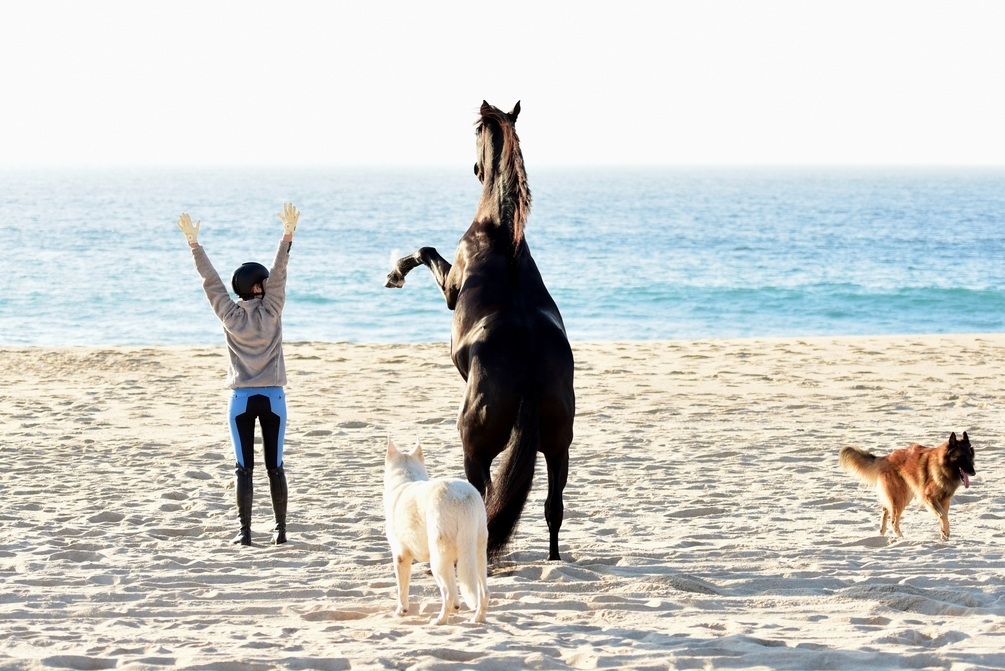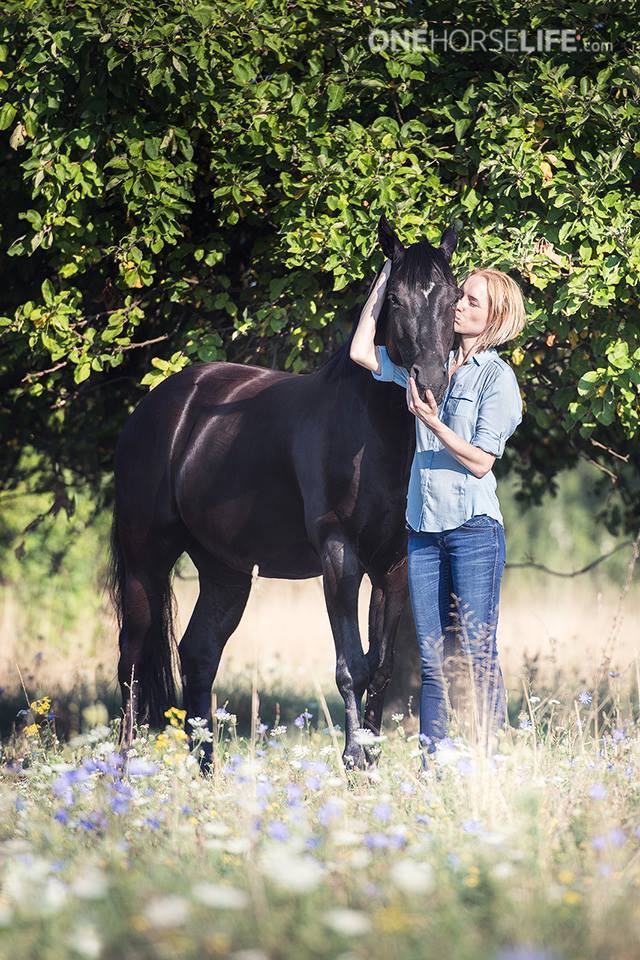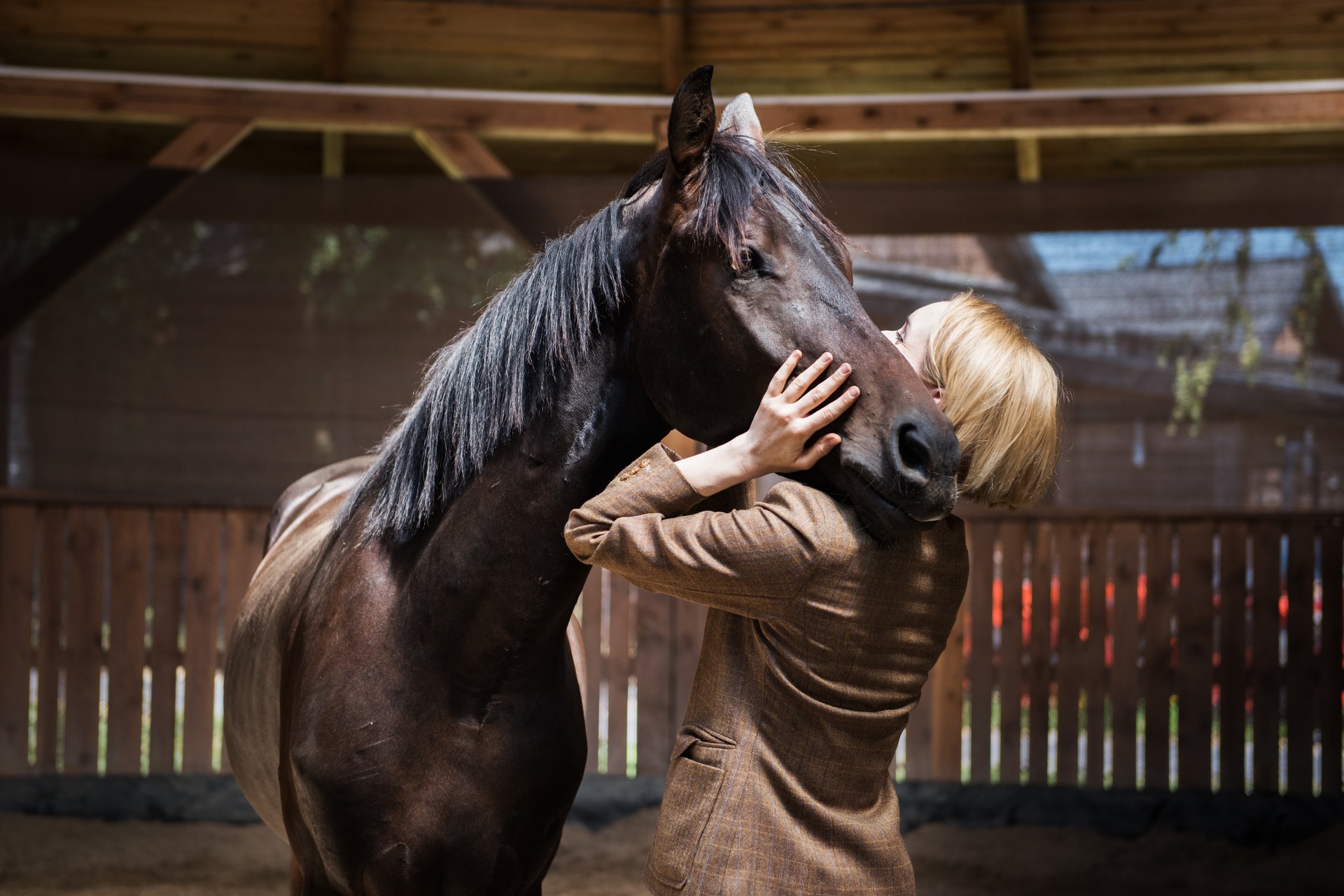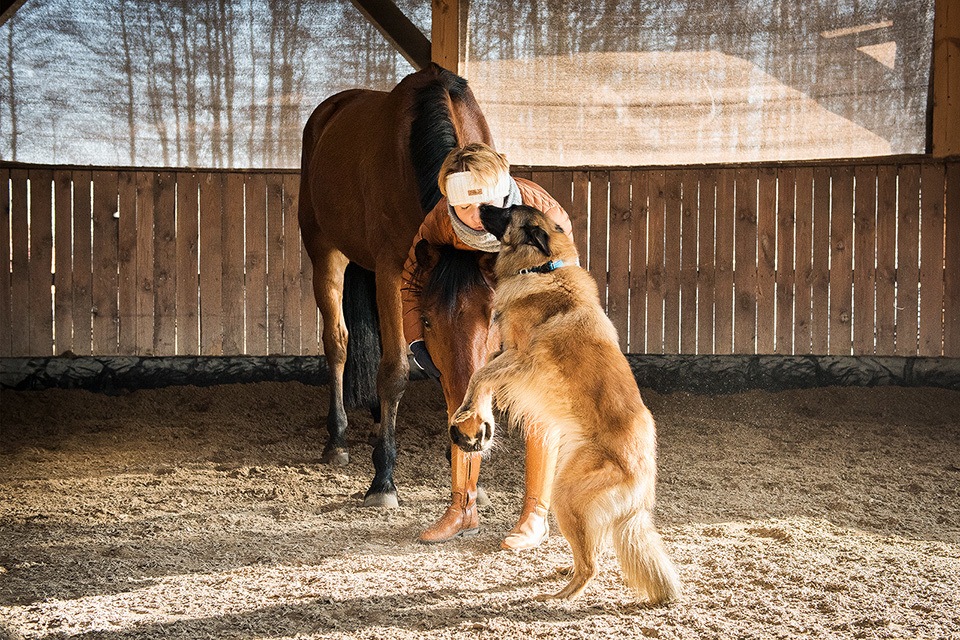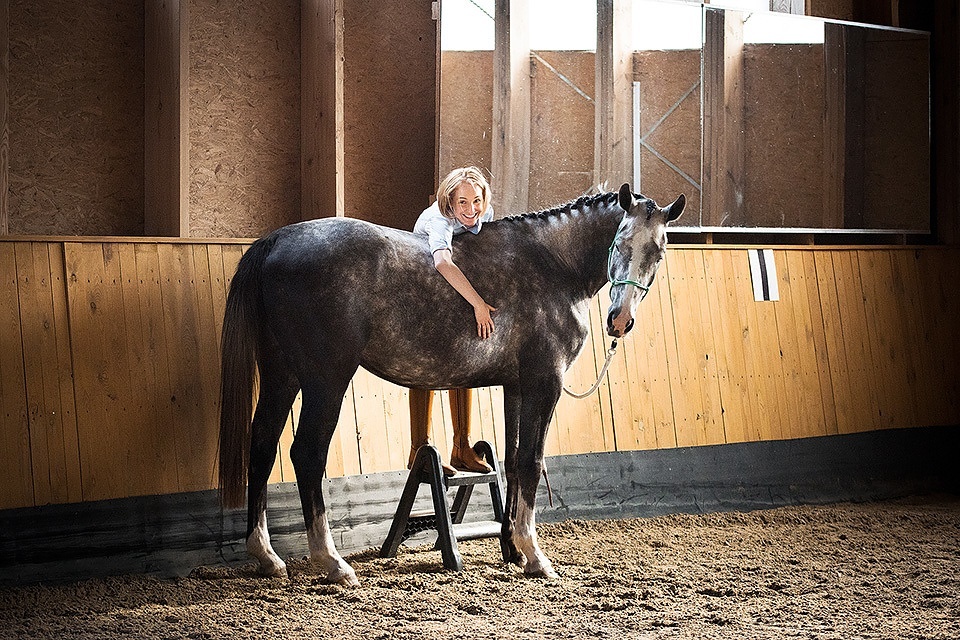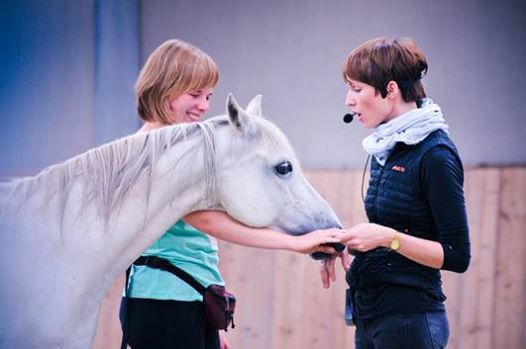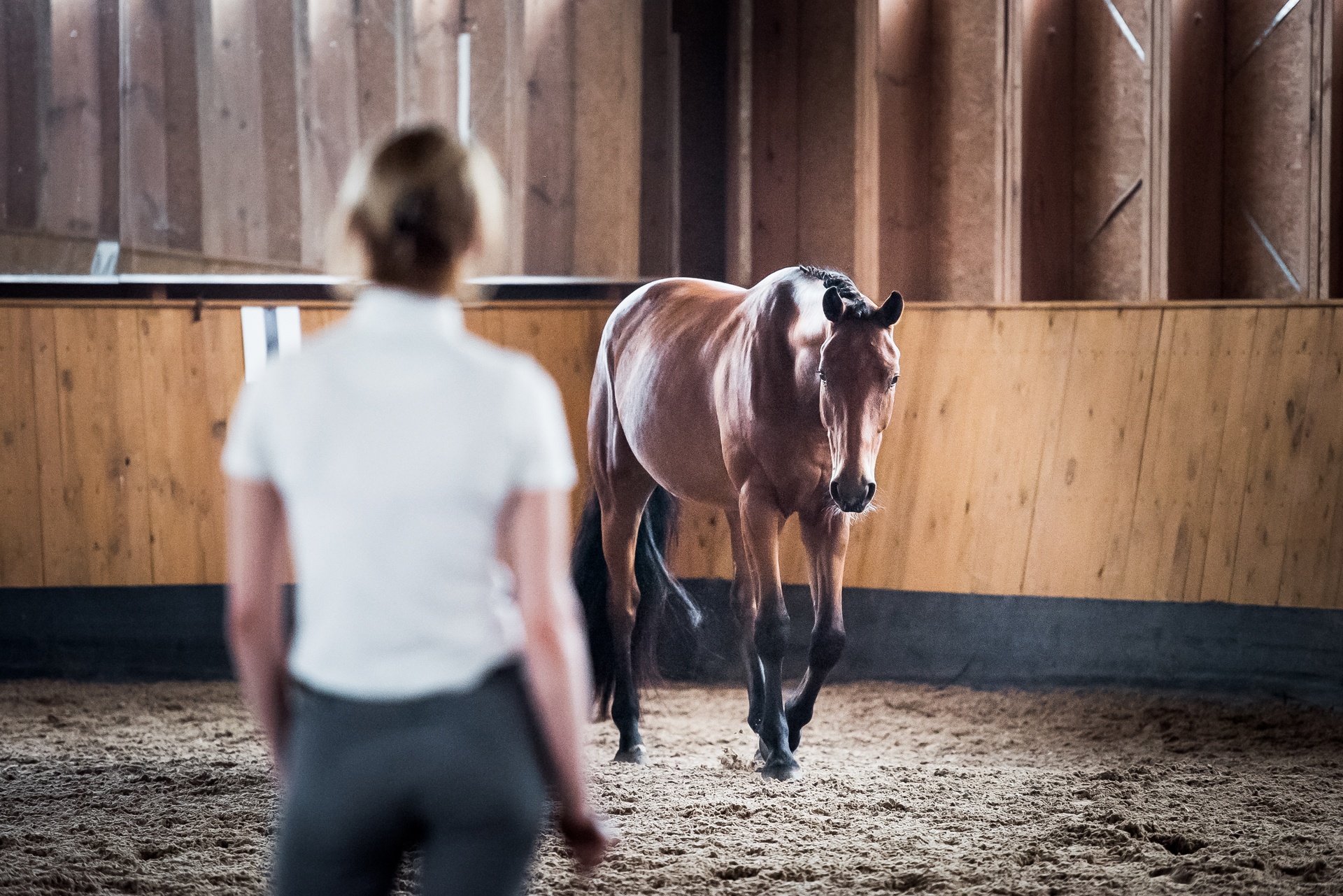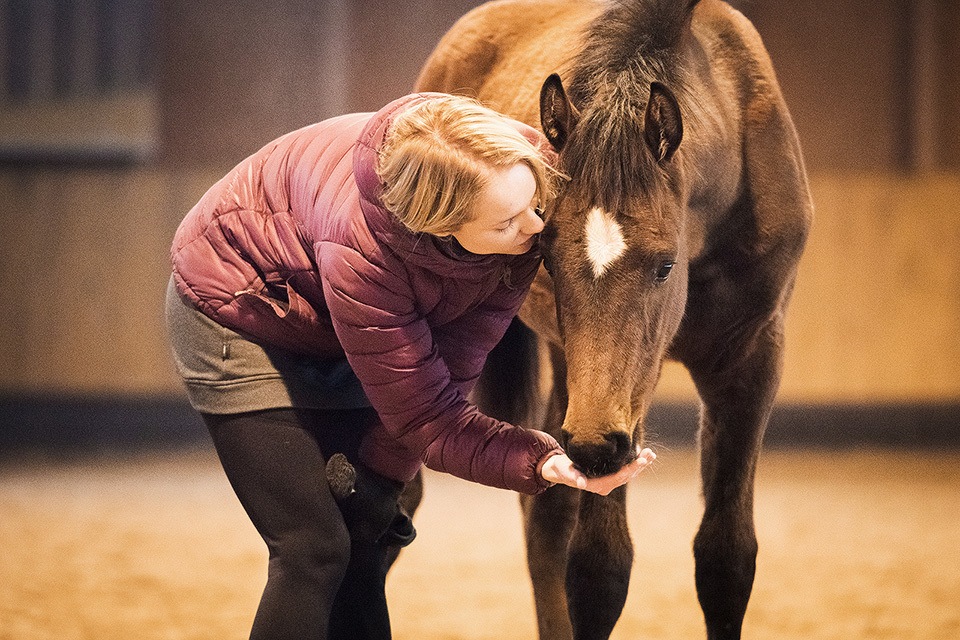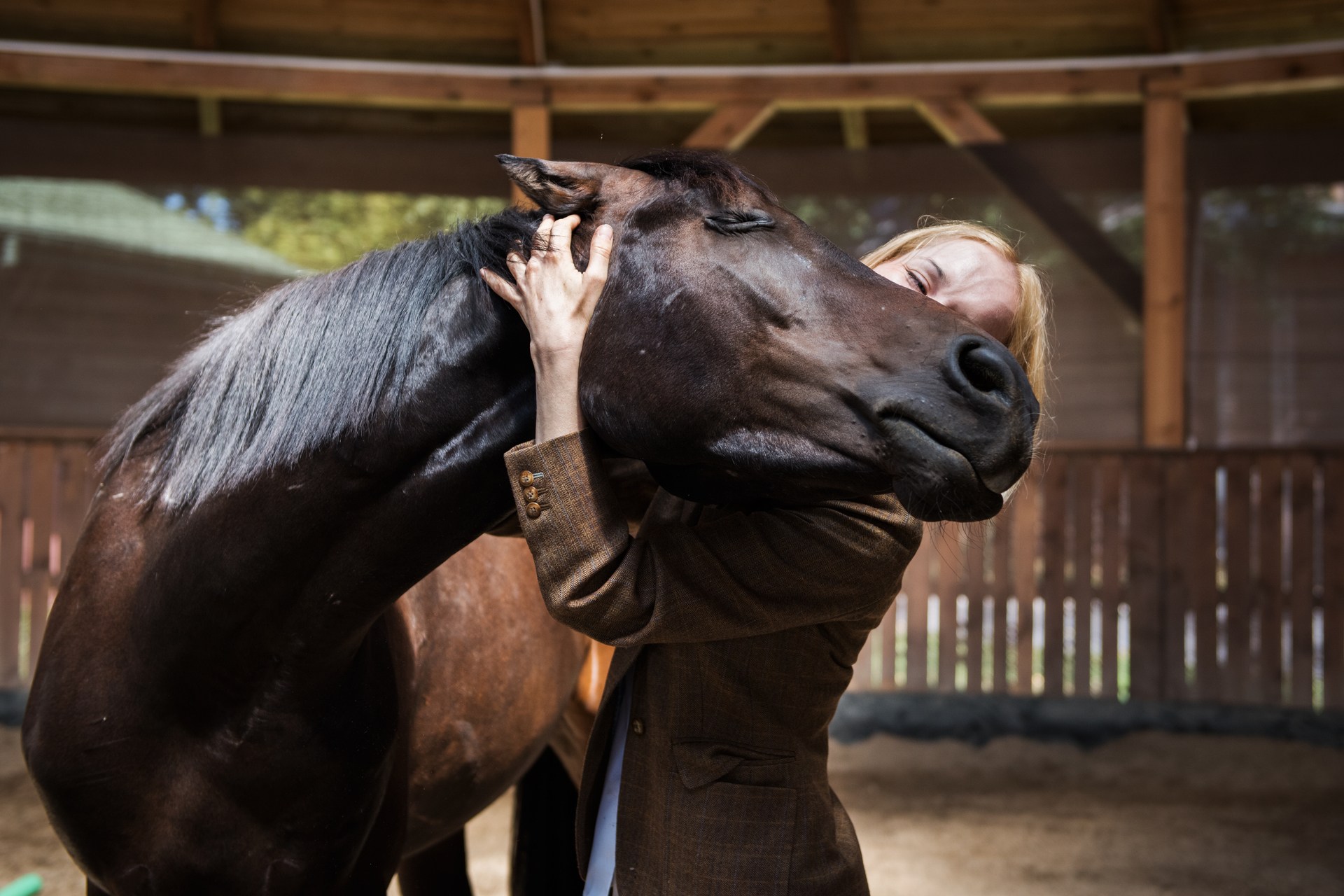THE AMAZING POWER OF RELAXATION Relaxation is not just a state of being; it is an active, physiological process governed by the autonomic nervous system. The relaxation response describes the body’s ability to enter a state of deep rest that alters physical and emotional responses to stress. This response can be consciously experienced and acquired
FROM RELAXATION TO COMMUNICATION Communication is the foundation of life. Without it, no living system can function. Every cell in the body must communicate with the rest of the organism; otherwise, the entire system becomes unbalanced, leading to dysfunction or disease. Communication sustains all life, and in our relationships with horses, it is essential for
CONSCIOUS RELAXATION Two of the most frequently asked questions we receive from OneHorseLife students and followers worldwide are: 1️⃣ “How conscious can relaxation become for my horse?”2️⃣ “How do I recognize that relaxation has turned conscious?” Relaxation becomes conscious when the owner or trainer observes that the horse is actively choosing to deepen relaxation through
DEVELOPING YOUR HORSE’S RELAXATION TECHNIQUE Introduction: The Science of Relaxation in Horses Relaxation is not merely the absence of tension but a distinct physiological state governed by the autonomic nervous system (ANS). The ANS is divided into the sympathetic nervous system (SNS), responsible for stress responses (fight-or-flight), and the parasympathetic nervous system (PNS), which governs
RELAXATION: THE ART OF DOING NOTHING OR LESS The Science Behind Conscious Relaxation Relaxation is not just the absence of tension—it is a biological process that enables the body to function optimally. When the nervous system recognizes and integrates relaxation, muscle memory, cognitive function, and emotional regulation improve. Traditional training often relies on pressure-based learning,
The Field of Universal Meanings Throughout this course, we’ve discussed the concept of Relaxation, and you’ve probably noticed that everyone has their own understanding of it. There are countless theories, personal beliefs, and philosophical interpretations — each resonating differently with individuals. But no matter what your personal definition of Relaxation is, no matter how it
Calming Signals & Relaxation Signs To effectively teach your horse Conscious Relaxation, it is essential to understand both Calming Signals and Relaxation Signs and to be able to distinguish between them. What Are Calming Signals? The concept of Calming Signals was first introduced by Turid Rugaas, a Norwegian canine ethologist, in her research on canine
Experiencing Relaxation Before we move on to teaching you how to teach your horse relaxation, it is crucial that you first understand and experience relaxation yourself. You cannot teach your horse something you do not have, feel, or fully comprehend. Relaxation is particularly tricky for us humans because it is a widely used concept —
The Process of Releasing Tensions: Understanding and Moving Forward with Grace I love teaching Conscious Muscle Relaxation to horses and their humans. Every time I do, I become even more convinced of what a fascinating and deeply moving process it is. When we enter the state of relaxation correctly, it becomes powerful and real. It

